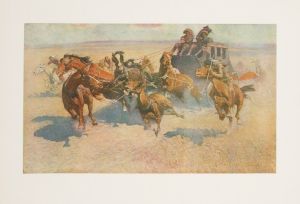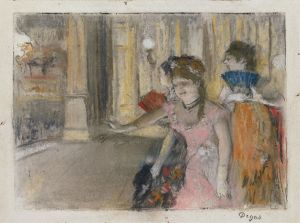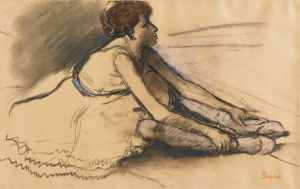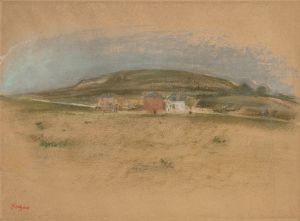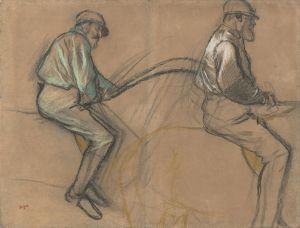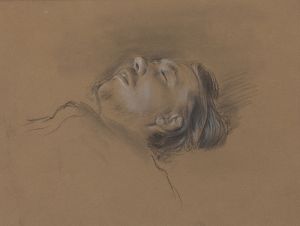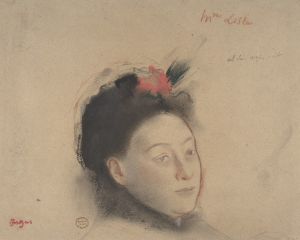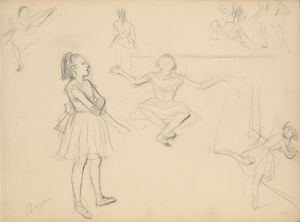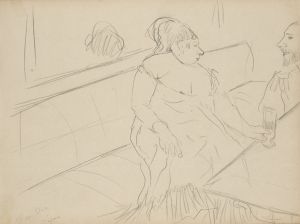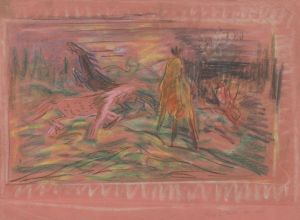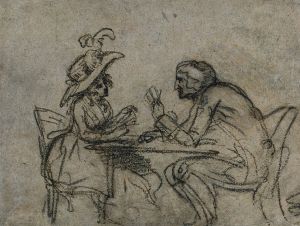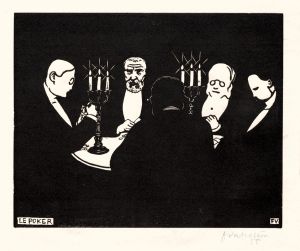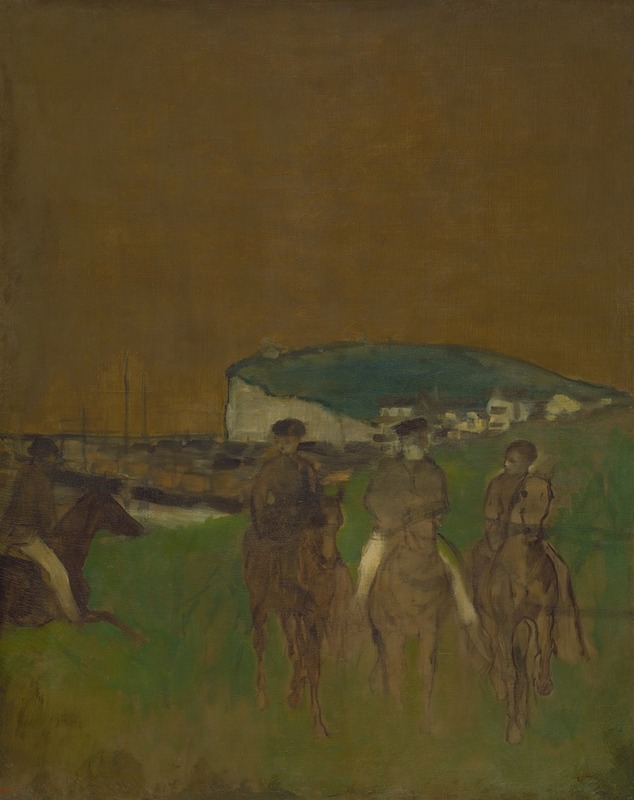
Morning Ride
A hand-painted replica of Edgar Degas’s masterpiece Morning Ride, meticulously crafted by professional artists to capture the true essence of the original. Each piece is created with museum-quality canvas and rare mineral pigments, carefully painted by experienced artists with delicate brushstrokes and rich, layered colors to perfectly recreate the texture of the original artwork. Unlike machine-printed reproductions, this hand-painted version brings the painting to life, infused with the artist’s emotions and skill in every stroke. Whether for personal collection or home decoration, it instantly elevates the artistic atmosphere of any space.
"Morning Ride" by Edgar Degas is a captivating artwork that exemplifies the artist's fascination with movement and the human form. Edgar Degas, a prominent French artist associated with the Impressionist movement, is renowned for his innovative compositions and his ability to capture fleeting moments of modern life. Although Degas is best known for his depictions of ballet dancers, he also explored other subjects, including horse racing, which is the focus of "Morning Ride."
Created in the late 19th century, "Morning Ride" reflects Degas's interest in equestrian themes, a subject he revisited multiple times throughout his career. The painting portrays a scene of horses and their riders, likely during a morning exercise or training session. Degas's keen observation skills and his ability to convey the dynamism of the scene are evident in the way he captures the horses in motion, as well as the interaction between the riders and their mounts.
Degas's technique in "Morning Ride" is characterized by his use of bold brushstrokes and a keen attention to detail, which together create a sense of immediacy and movement. The composition is carefully balanced, with the horses and riders positioned in a way that guides the viewer's eye across the canvas. Degas often employed unusual perspectives in his work, and "Morning Ride" is no exception; the angle from which the scene is depicted adds to the sense of dynamism and spontaneity.
The color palette in "Morning Ride" is typical of Degas's work, featuring earthy tones and subtle contrasts that enhance the naturalism of the scene. The use of light and shadow is particularly effective in conveying the early morning atmosphere, with the soft light suggesting the time of day and adding depth to the composition.
Degas's interest in horse racing and equestrian subjects was influenced by his visits to the racecourses in Paris and the surrounding areas. These visits provided him with ample opportunity to study the anatomy and movement of horses, as well as the social interactions of the people involved in the sport. This firsthand observation is evident in the accuracy and vitality of his equestrian works, including "Morning Ride."
While Degas is often associated with the Impressionist movement, he preferred to be called a "realist" or "independent," and his work often reflects a more structured approach than that of his Impressionist peers. His focus on line, form, and composition, as well as his interest in capturing the essence of modern life, are all evident in "Morning Ride."
"Morning Ride" is a testament to Degas's skill as an artist and his ability to capture the beauty and energy of everyday scenes. It remains an important example of his work in the genre of equestrian art and continues to be appreciated for its technical mastery and evocative portrayal of a moment in time.





